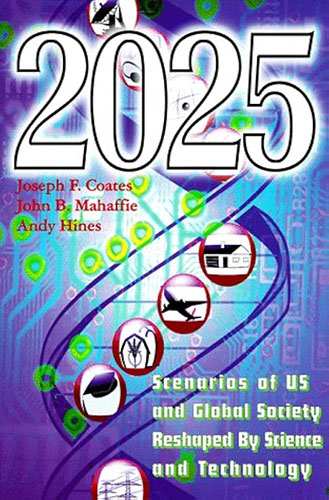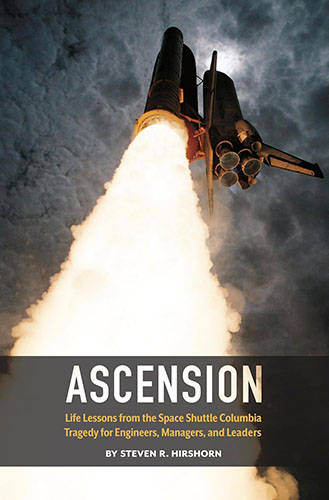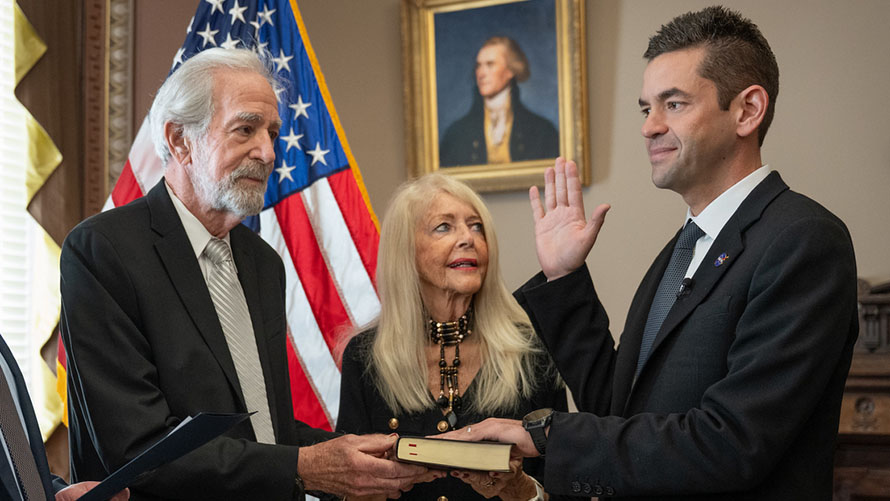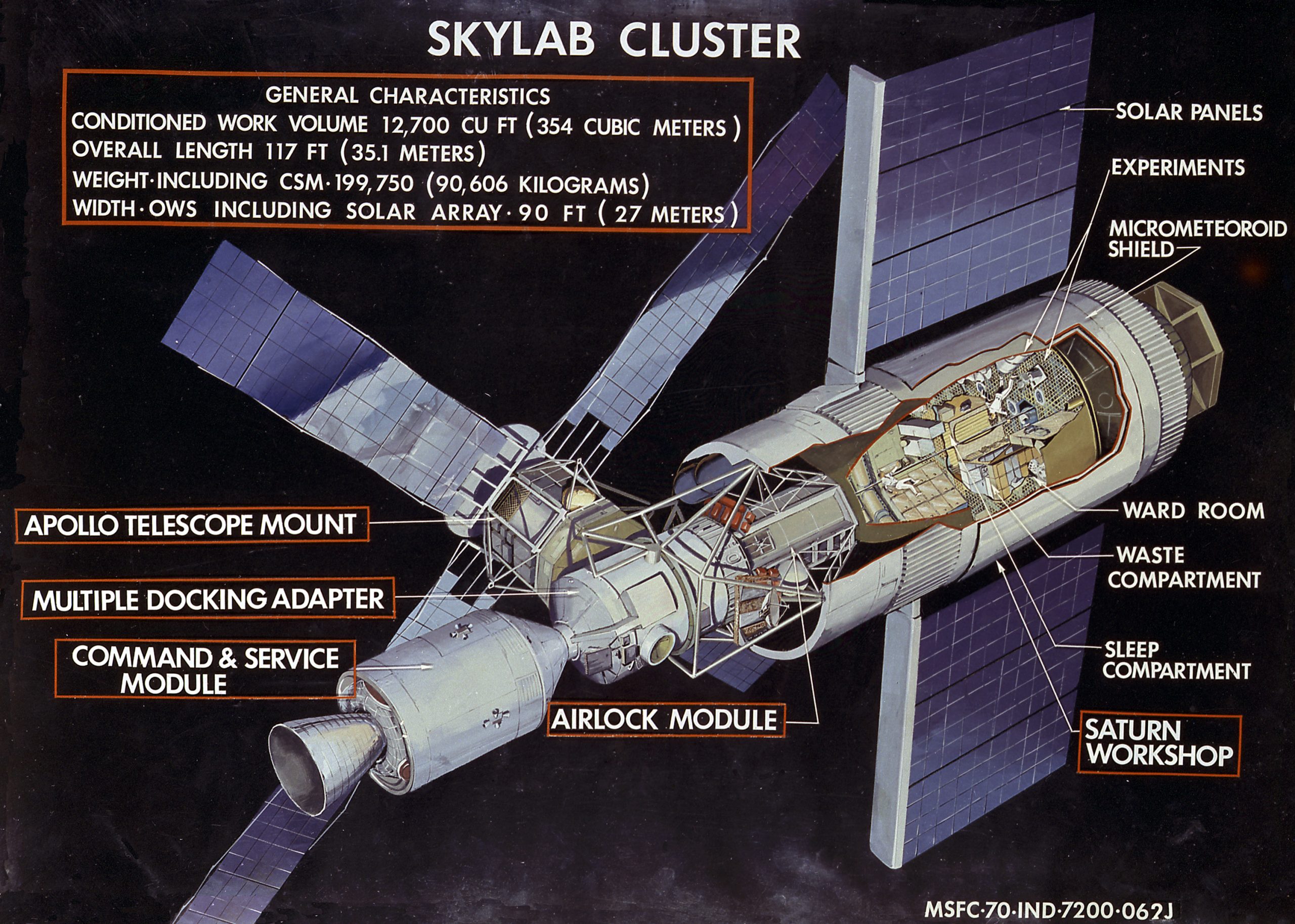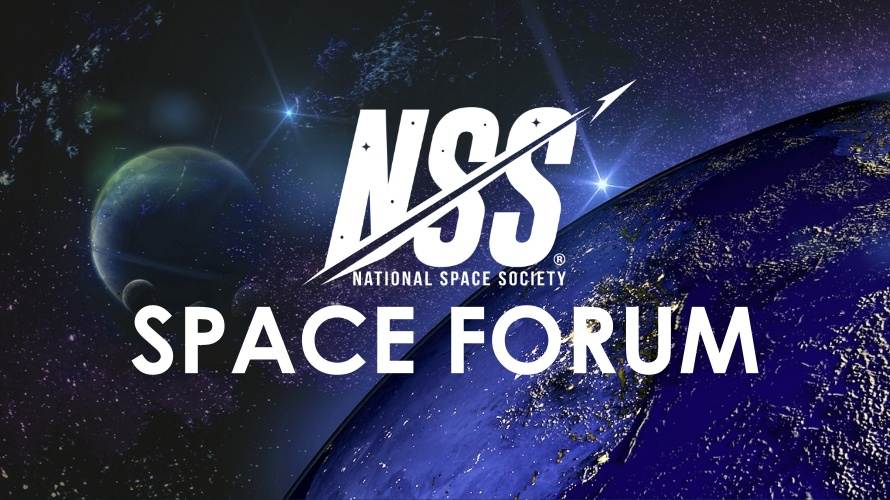Category: Nonfiction
Reviewed by: Susan Raizer
Title: From the Garage to Mars: Memoir of a Space Entrepreneur
Author: Scott Tibbitts
Format: Paperback/Kindle
Pages: 254
Publisher: HenschelHAUS
Date: March 2024
Retail Price: $24.95/$9.99
ISBN: 978-1595989871
Find this book
The book From the Garage to Mars: Memoir of a Space Entrepreneur is not the usual book about space start-ups and their impact on the space industry. The author, Scott Tibbitts, uses this venue to educate the reader in how to grow a company with unique products. He discusses his company’s culture and policy, dwelling on how these affected the company’s growth. By doing so, it gives the reader a front row seat in the creation of StarSys Research through the company’s culture of “Fun” and “Family” with team building and having a gripe box, all of which made every employee feel inclusive and appreciated. Potential employees had to subscribe to the “Fun” part which was exemplified by everyone flying on the “Vomit Comet,” as well as the “Family” part, especially when all had to come together to suffer personnel losses.
Scott Tibbits, an outdoor enthusiast and nuclear engineer, started the company in 1986 in Boulder, CO, after inventing a motor actuator from $7.00 in hardware store parts and wax. From this humble beginning, he takes the reader through the growth of the company through manufacture of more than 3,500 devices that flew on 350 spacecraft. Along the way, the company grew through mergers with other space companies. Throughout the book, the author’s method was very personal, providing the reader to life lessons that both helped and harmed the company’s growth. The reader revels in the joy of new product development as well as the uncompromising low that eventually forced him from the CEO position in the company. The book is replete with sidebar explanations, including technical explanations, financial nomenclature, and personal anecdotes. Readers will be happy to be along for the ride and personally feel all the highs and lows as if they were a part of the company.
The book goes into detail of the company’s thermal actuator technology that was used to open, close, deploy and rotate various parts on a spacecraft, like a lens cap would do on a camera. The company had 27 motors on the Mars Spirit which powered the rover as well as other instruments on board. As part of the “Fun” culture the company etched their logo onto the rover. They were ecstatic to see it on the first pictures sent back from Mars.
However, the company grew too fast and Scott Tibbitts kept a firm control as CEO. This was a positive aspect when the company was small and had a small number of parts in their catalogue. As NASA and other space manufacturers looked to StarSys for innovation in other parts, including motors, the staff increased to almost 200 employees. Cracks began to appear as they did not price their products to achieve the optimum returns. In addition they were relying on the profits from some of the products to fund the development of others since payment could sometimes take up to six months to be received. They were strong on paper, but not financially.
When a $1 million part manufactured to fly on a NASA mission to Mars failed, the company had to scramble to produce a replacement part in time. They had to borrow the money from other product lines, but it was not enough. The CEO wavered between taking out a $6 million bank loan or finding investors to shore up the company. They borrowed the bank funds, but soon found they were unable to pay the first installment of $1 million. Unbeknownst to the CEO, an employee was working behind his back with the EO of another space manufacturing company, SpaceDev, to force Tibbits out and merge the two companies. After an infusion of cash from family and friends that staved off the bank covenants, Tibbitts finally acquiesced, and in 2006 SpaceSys was acquired by SpaceDev. The new company was renamed Sierra Nevada Space Systems and Tibbitts was out as CEO. All the drama took its toll on him. He took several years to recuperate and then started companies to counsel new entrepreneurs in the ups and downs of company ownership and growth.
This reviewer recommends From the Garage to Mars: Memoir of a Space Entrepreneur to National Space Society members for several reasons. First, the book is well-written and engages the reader in all the parameters that are needed to create, produce and market a product for space going craft. Secondly, it is a good blueprint for would-be entrepreneurs in how to successfully navigate the ups and downs of the industry, whether it was the space industry or another non-related industry. As a former bank financial risk officer, the reviewer had empathy with the author’s enthusiastic and innocent approach to the growth of the business as well as feeling the angst as the company hit its low and the bottom fell out of the founder’s dream.
© 2024 Susan Raizer
NSS index of over 400 book reviews


